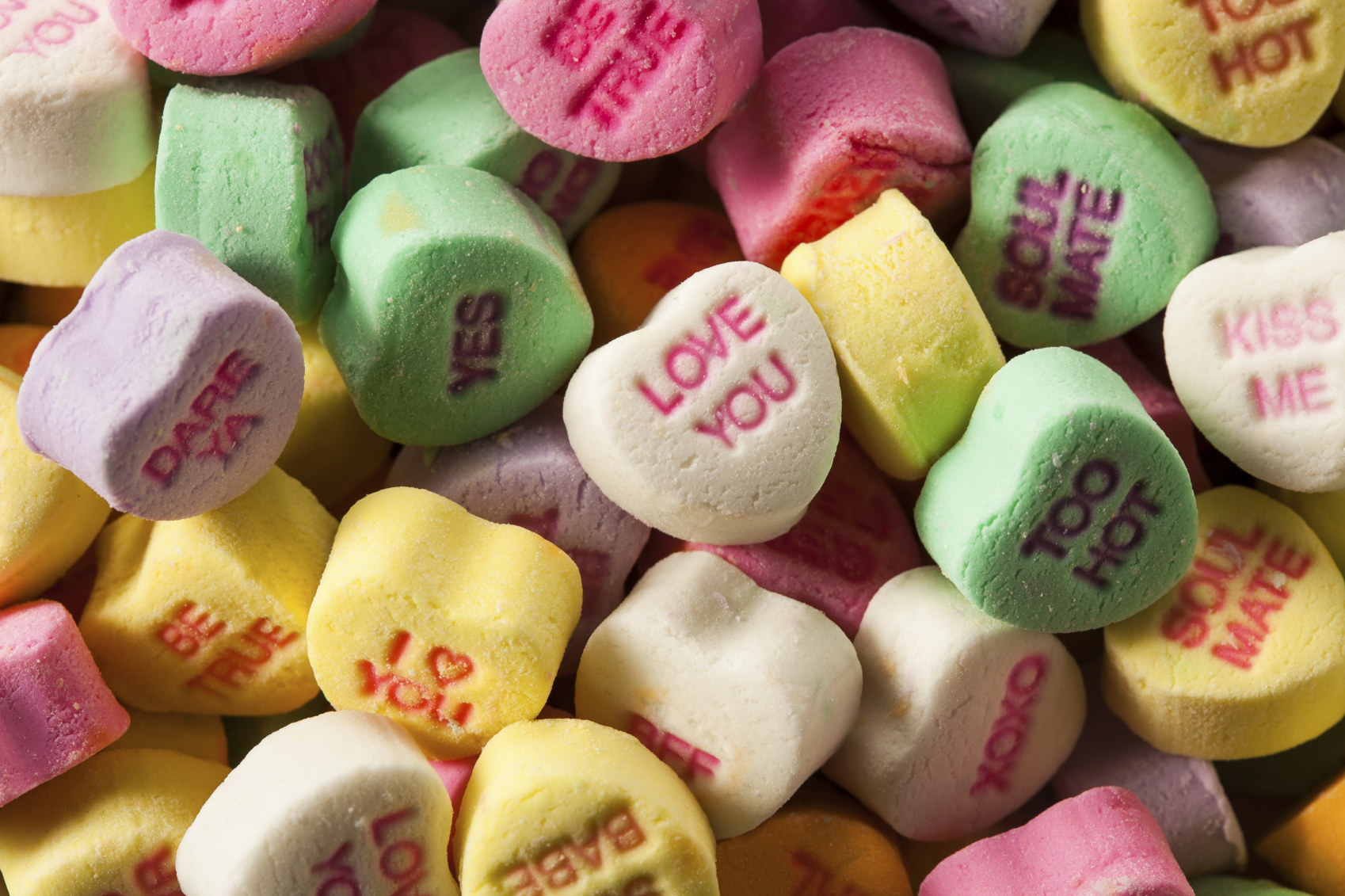
According to American Express, we’ll have forked out £431 million this Valentine’s Day as 41% of British adults plan on celebrating with their loved one in some form.
Don’t go thinking that just because you’ve been together a while that you don’t have to splash the cash.
The firm’s study found that couples who’ve been together for four years will spend an average of £46, more than double the national average of £20.
Even those who’ve been in a relationship for over 51 years (congratulations, if you fall into this category!) spend an average of £11 on their nearest and dearest.
As you might expect, most money is spent by those still seeking romance.
Research from TopCashback.co.uk, reveals that over half (53 per cent) of Brits who’ve found love went on between two and four dates a month costing them £30 each time before finding the `one’.
The research found that it took those `loved up’, on average, 18 months to find that special someone.
With the cost of finding true love pulling on the purse strings, over a third (38 per cent) abandoned traditional methods of dating turning instead to online dating sites. While three in 10 (29 per cent) previous online daters were using dating platform for around six months, 22 percent were signed up for a year and 17 per cent for up to two years.
Despite 68 per cent of online daters sticking to free services (such as Tinder), the remaining third (32 per cent) used ones that had a fee attached. Of those who subscribed to paid for dating services 39 per cent said they spent £15 on average each month scouring the net for new love interests.
READ MORE
Can’t Buy Me Love: Poll reveals singletons feel short-changed from dating experience
The more unusual online dating sites that show there really is someone for everyone

Enjoy the convenience of having The Sunday Post delivered as a digital ePaper straight to your smartphone, tablet or computer.
Subscribe for only £5.49 a month and enjoy all the benefits of the printed paper as a digital replica.
Subscribe